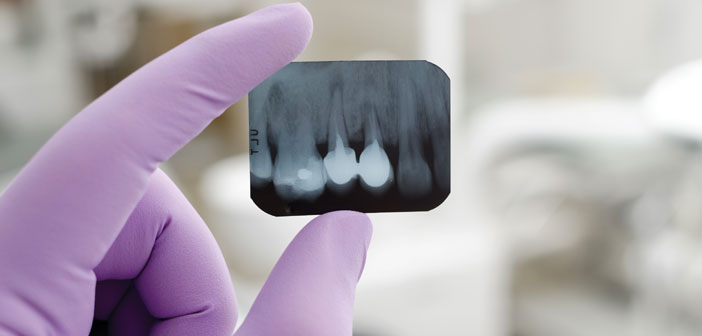Human stem cells are non-specified cells that have the ability to generate new tissues and organs. In the field of dentistry, we are in a new era of unparalleled advances in treatments that are set to be developed with the availability of stem cells from oral tissues. Although still in its experimental stages, we will soon have the ability to stimulate dental repair, produce vaccinations against viruses causing disease, and genetically alter pathogens to eradicate caries (cavities) and periodontitis – two of the most common diseases afflicting the population today.
In the near future, cavities will be prevented by means of a vaccine that is currently in experimental stages. In addition, research is being done on tissue engineering, wherein new and lost diseased tissues can be created by a combination of growth factors and gene therapy. Many dental problems may one day be solved by the regeneration of oral tissues affected by disease, trauma, and genetic disorders. For example, root canal therapy – a much-dreaded procedure – involves removing infected tissue from the inner contents of the tooth (pulp), which is invasive and prevents the tooth from growing, especially in children. This procedure also makes the tooth susceptible to future fractures. With the revolutionized usage of stem cells, the pulp tissues can be regenerated, thus eliminating need for root canal therapy.
The process of tissue engineering requires a combination of cells, biodegradable materials and signaling molecules, and has been used successfully to create new gum tissues and dental pulp. Currently, there are two major approaches to tooth regeneration: one involves implanting live cells to framework materials, and the second approach involves reproducing tooth formation.
Endodontists have found that immature teeth respond best to the stem cell treatment. They are already using the process to save children’s teeth that are diseased and need to be removed. There is a strong possibility that stem cells of dental pulp origin might be useful in the treatment of heart, brain or limb diseases. Stem cells from extracted wisdom teeth can be saved in stem cell banks, such as StemSave™, for future use.
Gene therapy is another example of regenerative treatment, wherein a gene is transferred to the salivary glands to produce a chemokine, CCL28, which prevents cavities by inhibiting the pathogen streptococcus mutans – a significant contributor to tooth decay. There will come a time when we can forget about filling cavities and will be able to regrow our adult teeth! Regeneration of a functional, living tooth is one of the most promising therapeutic strategies for replacement of a diseased or damaged tooth.
Regenerative Dentistry is an emerging, multi-disciplinary field involving biology and medicine to maintain, restore, or enhance tissue and organ function in an effort to help improve the quality of life for millions of people world-wide.
Sources: StemSave.com; ada.org








